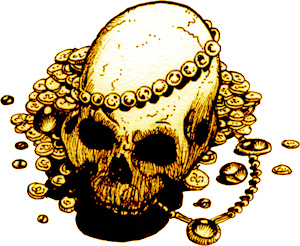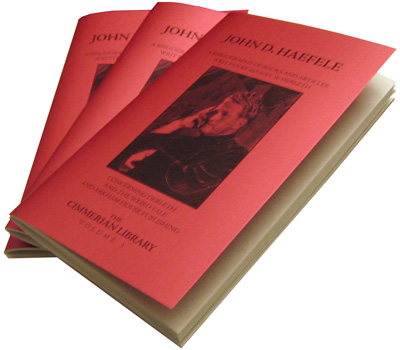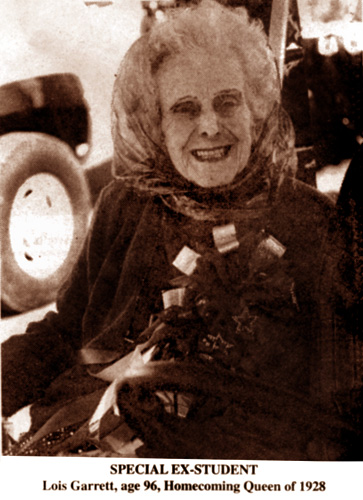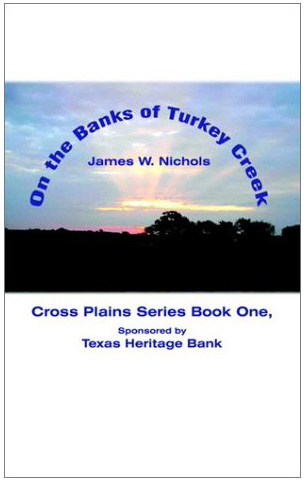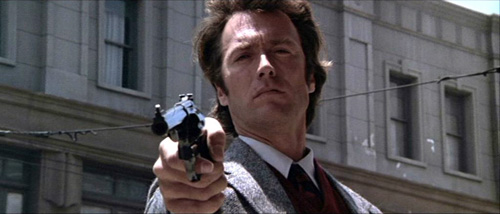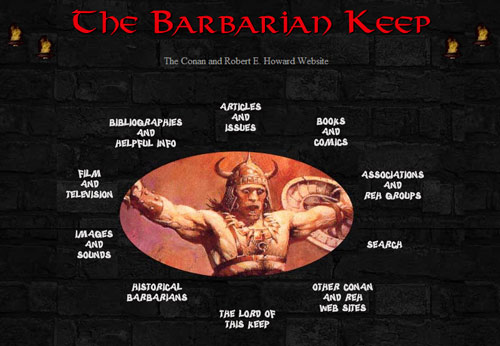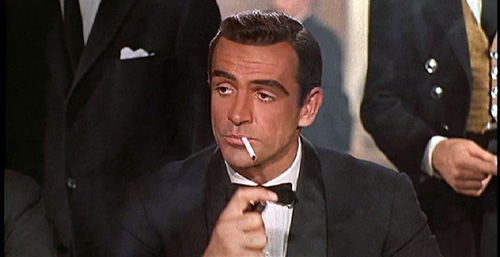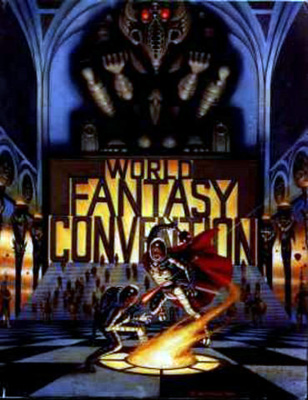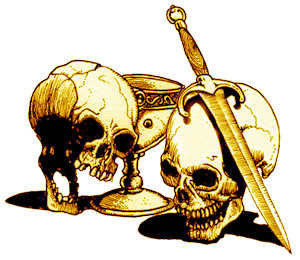Guest blogger Morgan Holmes is back with a gripe about the gross misuse of the term “scholar” in weird fiction studies of late.
MORGAN HOLMES: I went to Bill Thom’s Coming Attractions site, a Friday-night ritual to see what was new. Scrolling down, this jumped out at me:
RIGHT HAND OF DOOM: A CRITICAL STUDY OF MICHAEL MIGNOLA’S “HELLBOY” is a book of essays & articles to help educate fans and scholars of Michael Mignola’s HELLBOY (TM). It focuses on the narrative & sequential art of the comic book series. It is a homage [sic] to the artist’s talents and a way to establish a bridge between comic books and academe. Collected and Edited by Benjamin Szumskyj (the well-known Robert E. Howard scholar).
Ben Szumskyj is a character known to various degrees by those who are members of the rehinnercircle group at Yahoo! or who buy small press publications such as REH: Two-Gun Raconteur. To call him a scholar is presumptuous. Let’s examine his body of work.
First, most of Ben Szumskyj’s work has appeared in amateur press associations such as his heroic fantasy apa, the Esoteric Order of Dagon, and REHupa. Amateur press associations have small memberships which receive the publications. Being distributed to 30 or maybe 40 people does not constitute being “well-known.” Ben Szumskyj or Ben Zoom as he is sometimes known, was an intermittent member of REHupa from October 2000 to August 2004. Going through these zines, a reader gets a building sense of morbid curiosity as to what Szumskyj would produce next. The contents can be broken down into two categories: surveys of Robert E. Howard fiction and the most incredibly strange essays possibly ever written about REH that can be described as pretentious and funny.
The first fanzine in October 2000 was an introductory effort with the statement that “All fantasy is born from reality.” His second fanzine has an apology for an outburst stating: “I am not ‘illiterate’ or a bad speller.” There is also some writing in cyrillic script. Is English his native language?
February 2001 has this quote: “Read the story that embraced you. Shed a tear if you will, but respect and feel for a man, a misunderstood man, who has. . .only after many years, will now begin and see his name and writings reflect the eternal justice it has long deserved.”
October 2001 brought his “Fear Dunn: Dispelling the Racist Myth.” December 2001 contained a survey of REH’s heroic fantasy characters. April 2002 had a comparison of H. P. Lovecraft’s “Beast in the Cave” and Robert E. Howard’s “Spear and Fang.” August 2002 was another survey of the “Faring Town” stories. October 2002 contained a comparison of Robert E. Howard and J. R. R. Tolkien with this observation:
Although there are similarities, whether for the sake of juxtaposition or coincidences worth noting, they are not to be classed as the same type of author, whether by way of method, style, genre of direction. . .Middle Earth in its scale and background, is a lot like Hyboria but perhaps not as detailed by the author and a task in which scholars have had to expand on. Whether such an addition would have captured the already recognized fan base, we will never know, but is something that grieves fans that wish to fall hopelessly in love with Tolkien’s creations and worlds, but are halted as a result of lost fulfillment and expectations.
In REHupa 183, October 2003 we get the first of the classic pretentious essays: “WHEN LIFE IMITATES ART: Bakhtin’s Concept of the Dialogic Formation of the Subject in Relation to Edgar Allan Poe’s ‘The Tell Tale Heart’.” Perhaps Szumskyj was taking some college course on literary criticism but this is the first of several examinations that leave you wondering, “What color is the sky where this guy lives?”
February 2004 brought “Brothers of the Night: A Cultural Materialistic Study of Shakespeare’s ‘Prince of Morocco’ and Robert E. Howard’s ‘Jacob’.” This was a comparison of The Merchant of Venice and “Pigeons From Hell.” I kid you not.
April 2004 contained “Cimmerian Gloves: A Study of Robert E. Howard’s Ace Jessel from the Ringside,” a survey of a minor boxing series. This quote is a keeper: “I believe that texts like these, in which Howard portrays coloured folk in a positive and strong role, shows that this so called ‘racist’ was a man trying to be free and express his deepest beliefs.”
Szumskyj’s “The Clean Shaven Barbarian: A Masculine Reading of ‘The Gold and the Grey'” may be his masterpiece of wrongfully attempted criticism resulting in high weirdness. The essay is an examination of phallic imagery in the Robert E. Howard poem. You can’t make this stuff up. “Brothers of the Night” was actually reprinted in REH: Two-Gun Raconteur.
Two-Gun Bob: A Centennial Study of Robert E. Howard is a book due out from Hippocampus Press and edited by Ben Szumskyj. The book will contain an introduction by him and also his “Cimmerian Gloves” essay.
Is Ben Szumskyj a Robert E. Howard scholar? A scholar is a learned person or one who has advanced training in literature, the arts, etc. These qualities are not present here. We have an almost equal amount of surveys and outlandish attempts at criticism and comparisons to other authors. Reading over these, one thought that came into my mind was Szumskyj actually hates Robert E. Howard’s fiction and his essays are a conspiracy to heap derision and contempt on REH. The word scholar is a word that should not be used to describe Ben Szumskyj.
